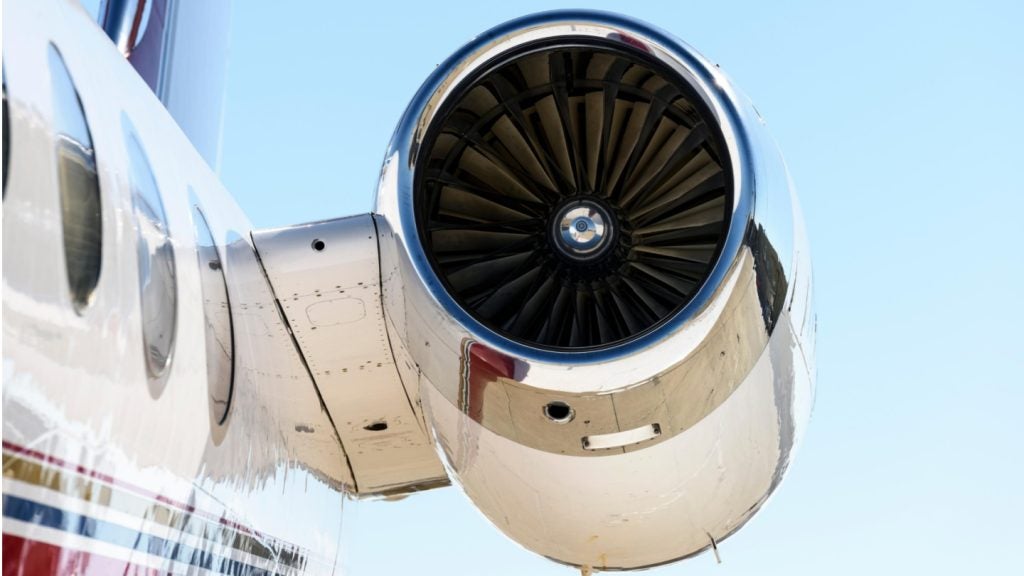The aerospace and defense industry continues to be a hotbed of patent innovation. Activity is driven by the pressing need for modernization, and the growing importance of technologies such as artificial intelligence (AI), Internet of Things (IoT), and unmanned systems. In the last three years alone, there have been over 237,000 patents filed and granted in the aerospace and defense industry, according to GlobalData’s report on Internet of Things in defense: satellite-based positioning. Buy the report here.
However, not all innovations are equal and nor do they follow a constant upward trend. Instead, their evolution takes the form of an S-shaped curve that reflects their typical lifecycle from early emergence to accelerating adoption, before finally stabilizing and reaching maturity.
Identifying where a particular innovation is on this journey, especially those that are in the emerging and accelerating stages, is essential for understanding their current level of adoption and the likely future trajectory and impact they will have.
110 innovations will shape the aerospace and defense industry
According to GlobalData’s Technology Foresights, which plots the S-curve for the aerospace and defense industry using innovation intensity models built on over 206,000 patents, there are 110 innovation areas that will shape the future of the industry.
Within the emerging innovation stage, satellite-based positioning, GPS augmentation, and LiDAR-sonar fusion are disruptive technologies that are in the early stages of application and should be tracked closely. LiDAR weather forecasting, coherent LiDAR imaging, and LiDAR solid state photodetectors are some of the accelerating innovation areas, where adoption has been steadily increasing.
Innovation S-curve for Internet of Things in the aerospace and defense industry

Satellite-based positioning is a key innovation area in Internet of Things
Satellite-based positioning refers to the use of satellite systems, such as the global navigation satellite system (GNSS), to determine the position of a vehicle or object on Earth. These systems rely on signals transmitted by satellites to calculate accurate position coordinates. Satellite-based positioning technology plays a crucial role in various applications, including navigation systems, autonomous vehicles, asset tracking, and location-based services.
GlobalData’s analysis also uncovers the companies at the forefront of each innovation area and assesses the potential reach and impact of their patenting activity across different applications and geographies. According to GlobalData, there are 20+ companies, spanning technology vendors, established aerospace and defense companies, and up-and-coming start-ups engaged in the development and application of satellite-based positioning.
Key players in satellite-based positioning – a disruptive innovation in the aerospace and defense industry
‘Application diversity’ measures the number of applications identified for each patent. It broadly splits companies into either ‘niche’ or ‘diversified’ innovators.
‘Geographic reach’ refers to the number of countries each patent is registered in. It reflects the breadth of geographic application intended, ranging from ‘global’ to ‘local’.
Patent volumes related to satellite-based positioning
Source: GlobalData Patent Analytics
Boeing is one of the leading patent filers in satellite-based positioning. Some of the patents filed by the company are related to the method of simultaneously detecting, acquiring, and using satellite ranging signals, including pseudo-random noise (PRN) codes and navigation messages from a plurality of satellites, to instantly determine a real-time position of a global positioning system (GPS) user receiver.
Boeing provides satellites and ground solutions for national security operations, as well as communications satellites and payloads for commercial applications. It delivered GPS Block IIF satellites for the US Air Force’s (USAF) GPS satellite constellation. Owned by the US Government and operated by the USAF, GPS is a worldwide timing and navigation system comprising a group of orbiting satellites, a ground control system, and thousands of GPS information receiver units to provide precise, three-dimensional navigation information under all weather conditions.
Some other key patent filers in this space include Qualcomm, Robert Bosch Stiftung, and NVIDIA.
In terms of application diversity, Seiko Epson, NVIDIA, and Hitachi are some of the leading innovators. By means of geographic reach, some of the leading patent filers include NVIDIA, Samsung, and Qualcomm.
To further understand the key themes and technologies disrupting the aerospace and defense industry, access GlobalData’s latest thematic research report on Aerospace & Defense.
Premium Insights
From

The gold standard of business intelligence.
Blending expert knowledge with cutting-edge technology, GlobalData’s unrivalled proprietary data will enable you to decode what’s happening in your market. You can make better informed decisions and gain a future-proof advantage over your competitors.





